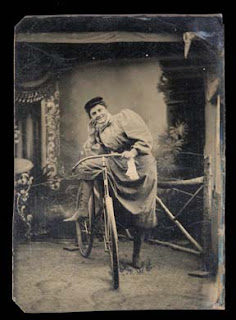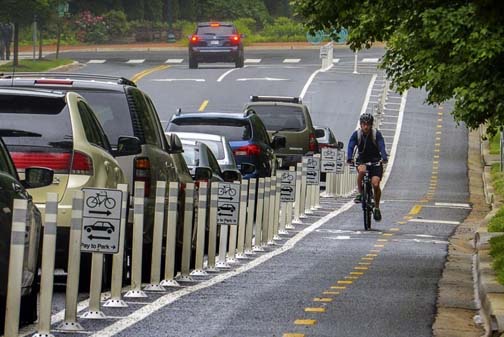Apple donates $1.8 million to Cupertino, CA for protected bike lanes

It's starting to catch on across the country as more and more major corporations see the future in biking and are investing in safe biking infrastructure, siting "bikes are the way to go in reducing traffic, pollution and other mayhem caused by auto's." Separating cars from cyclists will be turning point in getting people on bikes and out of cars. The city of Cupertino, CA has received a $1.8 million donation from Apple Inc. that will help fund the first leg of a protected bike lane project. The City Council accepted the donation, and staff plans to work early next year with a consultant to design bike lanes separated from vehicular traffic. The planned bike lanes are called Class IV lanes, and according to the Silicon Valley Bicycle Coalition, they are “physically separated from the vehicle travel lane by more than the white stripe. This can entail grade separation, flexible bollards or permanent barriers.” READ >>












